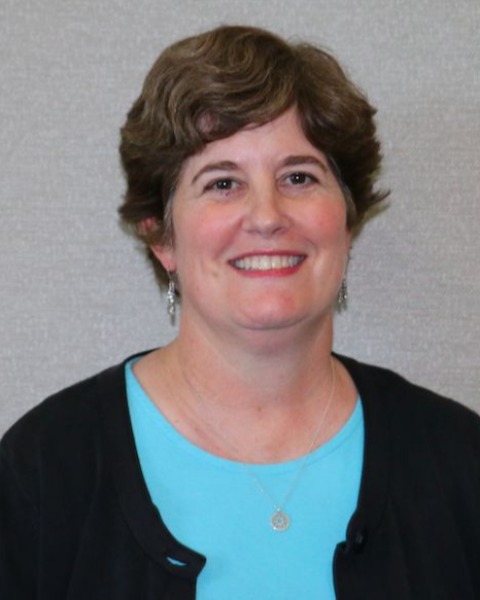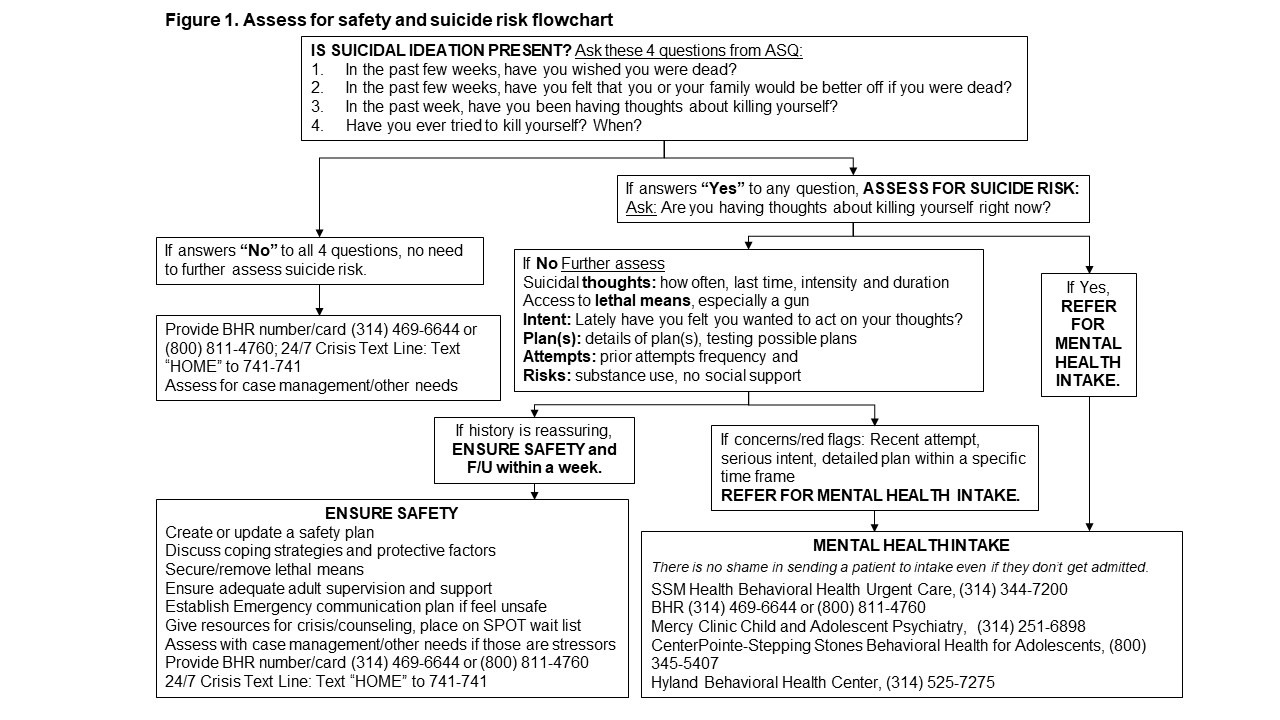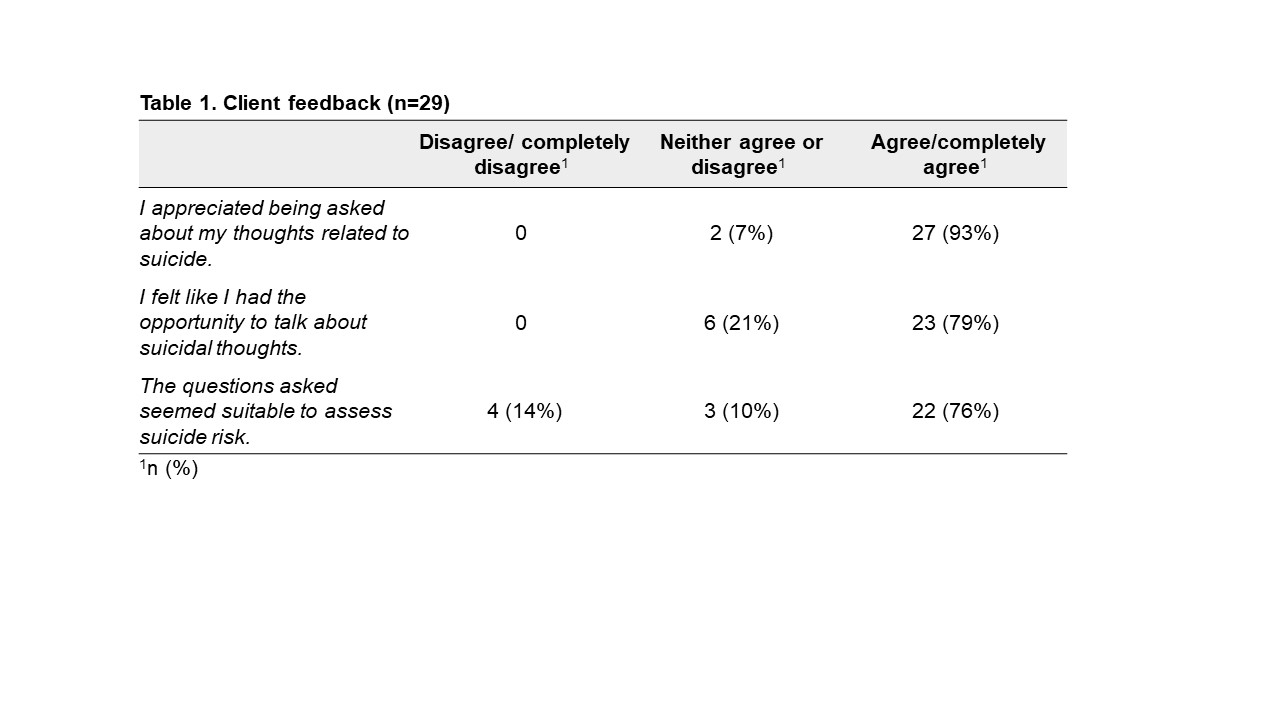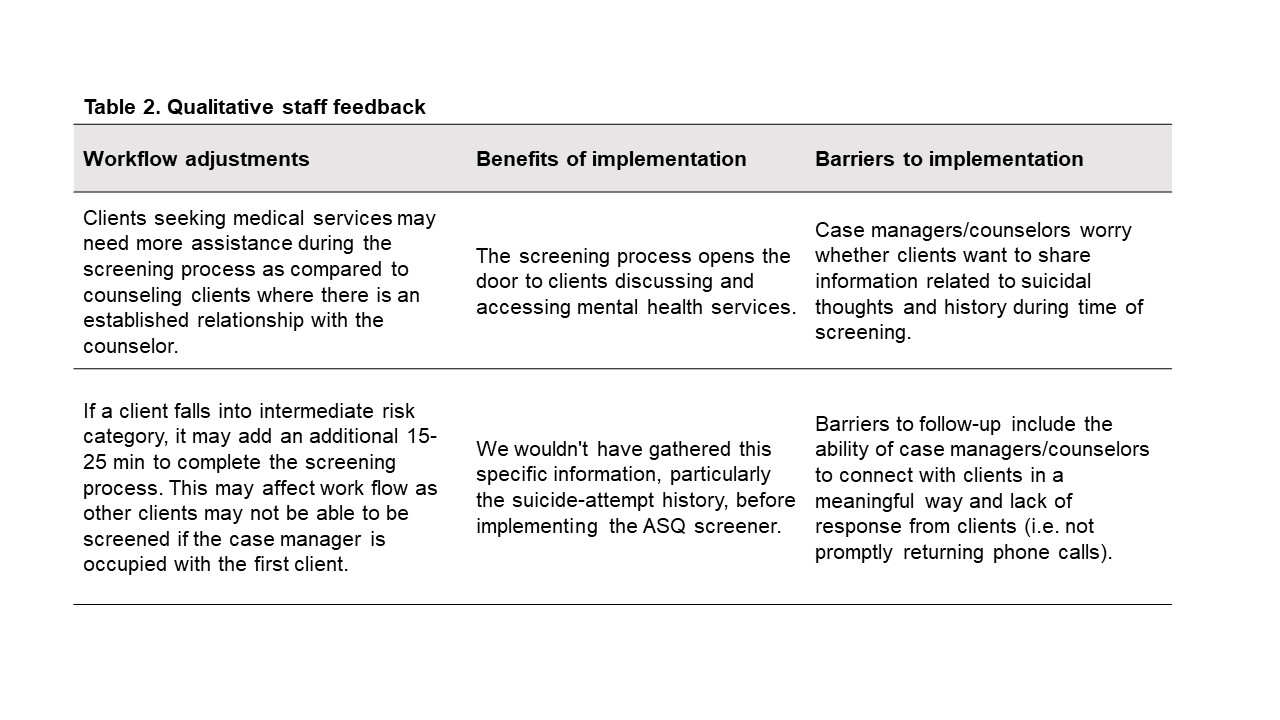Mental Health
Mental Health 3
721 - Youth and Staff Perspectives on Suicide Screening: Implementation of the ASQ in a Medical and Behavioral Health Center Serving BIPOC and LGBTQ Youth
Publication Number: 721.328

Katie Plax, MD (she/her/hers)
Division Chief Adolescent Medicine
Washington University in St. Louis School of Medicine
Saint Louis, Missouri, United States
Presenting Author(s)
Background: Given the youth mental health crisis, the AAP recommends universal suicide screening for patients 12 and up. We implemented a suicide risk screening pathway in a youth center practice that intentionally serves BIPOC and LGBTQ youth with medical care and social services; 78% identified as BIPOC and 23% LGBTQ of the 2235 youth served in 2022.
Objective: The goal of this study was to assess the implementation of the Ask Suicide-Screening Questions (ASQ) screening instrument from the perspectives of screening staff and youth.
Design/Methods: Screening staff, counselors and case managers, were trained on the ASQ and the local suicide risk assessment pathway. The ASQ was added to the existing mental health screening workflow youth receive prior to medical visits and every 6 months when in counseling. Staff feedback was obtained via a 19-item online survey distributed at the beginning and end of the study period; qualitative feedback was obtained during a focus group. Client feedback was obtained using a 4-item online survey administered through a follow-up text; we then shifted our approach to asking clients to complete the survey on an iPad before they left the center. Surveys included Likert-style scale and open-ended questions assessing feasibility, acceptability, and appropriateness. Descriptive statistics and qualitative content and thematic analyses were performed. The study period was 5/21-10/31/22.
Results:
During pilot implementation, 242 youth ages 14-26 were screened for suicide risk and 19 (7.8%) screened positive, none with acute risk. 29 youth completed the follow-up survey; 27 (93%) appreciated being asked about suicidal thoughts and 23 (79%) felt like they had opportunity to talk about these thoughts; 22 (76%) felt the questions seemed suitable to assess suicide risk and 4 (14%) did not. All staff, 67% identified as BIPOC, agreed that the ASQ screener was feasible, acceptable, and appropriate. Themes around workflow adjustments, benefits of the ASQ, and barriers to use/follow-up emerged.
Conclusion(s):
In this youth center setting the ASQ and suicide risk assessment pathway was implemented with a race, gender and sexual orientation diverse population of youth and staff. Youth appreciate being asked about suicidal thoughts and the opportunity to talk about these thoughts with a case manager/counselor. Staff reported the process as feasible, acceptable and opened the door for youth to further engage in mental health care who may not have otherwise done so. More exploration of why some youth felt the questions were not acceptable seems worthy.


